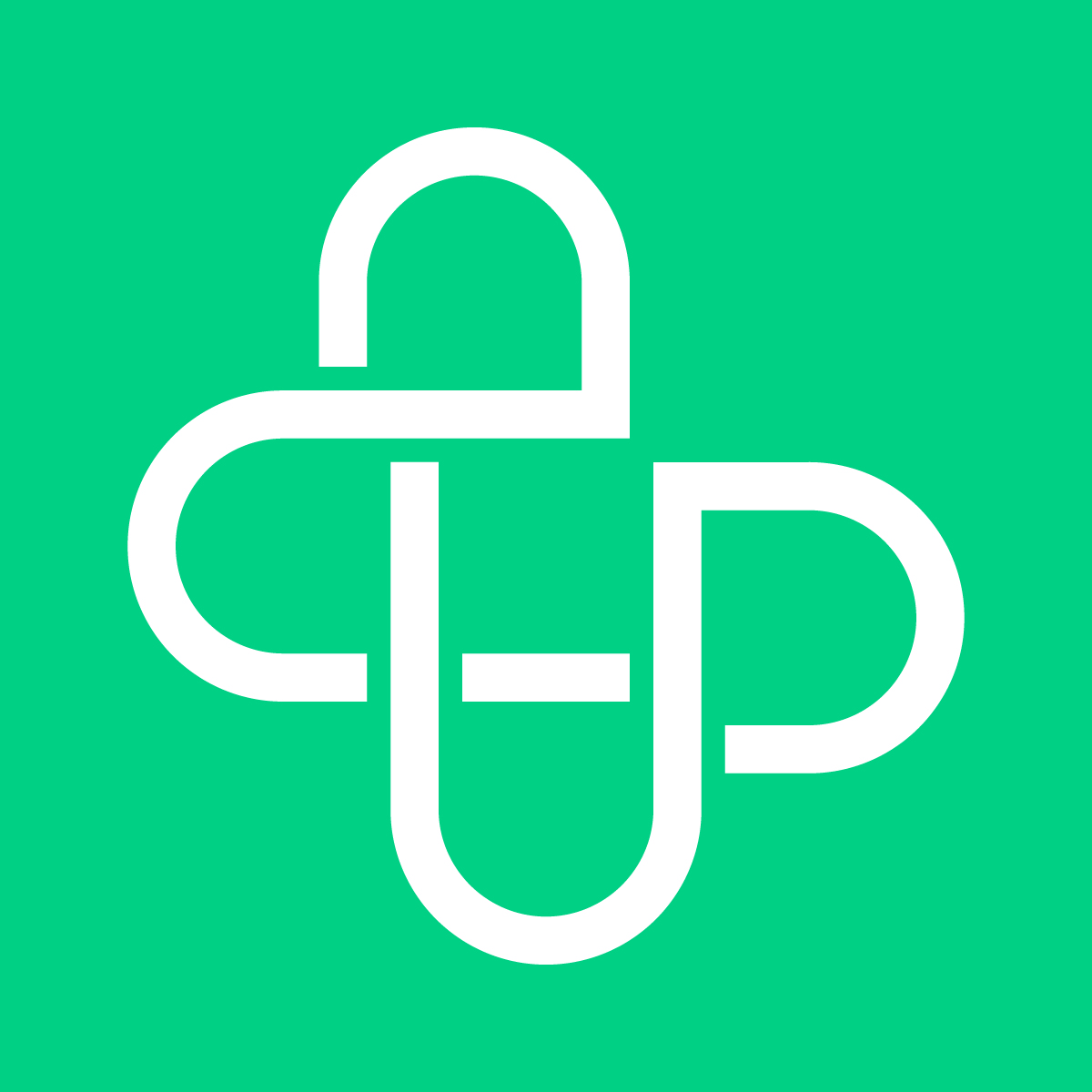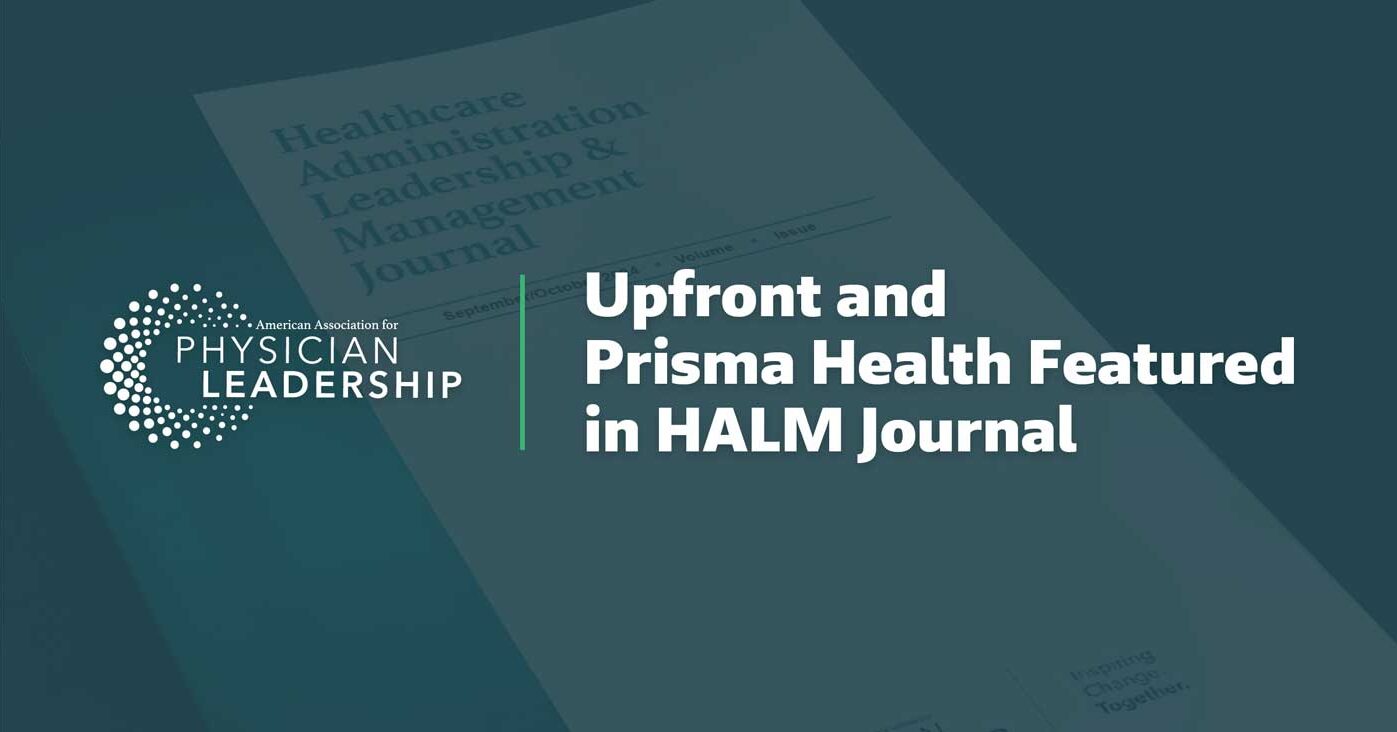Heart failure continues to be a very serious and expensive problem within the United States. In fact, data show that heart failure is responsible for 43 percent of Medicare spending, and the Center for Disease Control estimates that this condition costs the nation around $30.7 billion each year.
One of the reasons congestive heart failure is so costly is that many patients are readmitted within just 30 days of discharge for the same problem. Approximately 25 percent of heart failure patients are readmitted within 30 days of discharge, and these numbers suggest that there is room for improvement.
With the Hospital Readmissions Reduction Program in place — which is part of the Affordable Care Act that requires the Center for Medicaid Services to reduce payments to hospitals that have higher rates of readmissions for congestive heart failure and other specific conditions — hospitals are trying to figure out how to prevent hospital readmissions for congestive heart failure to avoid heavy penalties.
Here’s a look at some effective techniques hospitals can use to learn how to prevent hospital readmissions for congestive heart failure.
Improve Patient Education at Discharge
Improved patient education strategies offer a great way to reduce congestive heart failure readmission rates. Reports show there’s a very sobering rate of limited health literacy among adults in America today, specifically when it comes to understanding and using written healthy information, such as discharge instructions.
Instead of simply offering heart failure patients a printed handout at discharge, using teach-back techniques that show clinicians that patients actually comprehend discharge instructions can be helpful.
Moreover, information for the sake of information is insufficient. Some of the most health-educated people behave in ways that are counter to healthy living. According to a Johns Hopkins School of Medicine study, more than half of primary care physicians are overweight or obese, and a UCLA study showed that a quarter of Licensed Practical Nurses smoke. If healthcare professionals do not demonstrate healthy behaviors, how can one expect an “educated” patient to behave in a way that promotes CHF readmission prevention or recovery?
Healthcare providers must understand patients’ intrinsic motivations, life priorities and communication preferences to position education in a way that facilitates behavior change. Psychographic segmentation, or grouping patients according to attitudes, values, lifestyles and personalities, is one method for targeting and delivering effective patient engagement. Hospitals are beginning to use psychographic segmentation to enhance patient engagement and achieve significant clinical and business outcomes.
Finally, clinicians also need to look at patient education as a two-way conversation, assessing patient learning with question-and-answer sessions to tailor education to each patient’s unique needs. It’s also essential to begin patient education at admission, continuing it throughout the hospital stay and following up even after discharge.
Scheduling Post-Discharge Appointments
Heart failure patients have a high risk of readmission, so it’s important to schedule post-discharge appointments immediately. Patients who have the highest risk for readmission should be scheduled within seven days after discharge. Studies show that the “See You in 7” initiative advocated by the American College of Cardiology is beneficial, reducing the 30-day readmission rates by 2.6 percent. Offering patients documentation of the follow-up appointment and working to identify and address any barriers to keeping those appointments can also help reduce congestive heart failure readmission rates.
Implement Home Healthcare Programs
Implementing home healthcare programs to provide heart failure patients with post-discharge care can also be a powerful tool for preventing hospital readmissions. Studies show that these programs not only reduce heart failure readmissions but also can reduce mortality.
Symptoms like orthopnea, pedal edema, dyspnea with exertion and nocturnal dyspnea decrease in heart failure patients receiving home care, as well. Home healthcare programs can include visits by physician assistants, nurses, or home health aides to reinforce self-care instructions, provide education, perform physical exams, offer medication reconciliation and provide other types of care.
Automated Patient Communication
The biggest period of vulnerability for heart failure patients is the first 30 days after discharge, and lack of follow-up by hospitals in that first 30 days can be a huge contributor to subsequent readmissions. Connecting with patients after discharge is helpful for monitoring health and addressing any issues proactively before they turn into serious problems that result in readmission.
Automated, digital patient engagement platforms make it easy for clinicians to connect with patients in the way they prefer, such as via text messages, emails and automated phone calls. These platforms not only communicate with patients, but they also offer a way for clinicians to identify potential problems early and reduce hours spent on communication.
Upfront can better engage patients using psychographic segmentation and behavioral science to make an excellent enhancement to other strategies used to reduce readmissions.
Readmission penalties for patients with congestive heart failure continue to be a concern for hospitals, and it’s important for hospitals to adopt strategies to lower readmission rates. Not only will these strategies prevent heavy penalties, but they also will reduce the costs associated with heart failure and improve patient outcomes.
To learn more about Upfront’s capabilities for reducing hospital readmissions, watch this on-demand webinar in conjunction with the American Heart Association.





